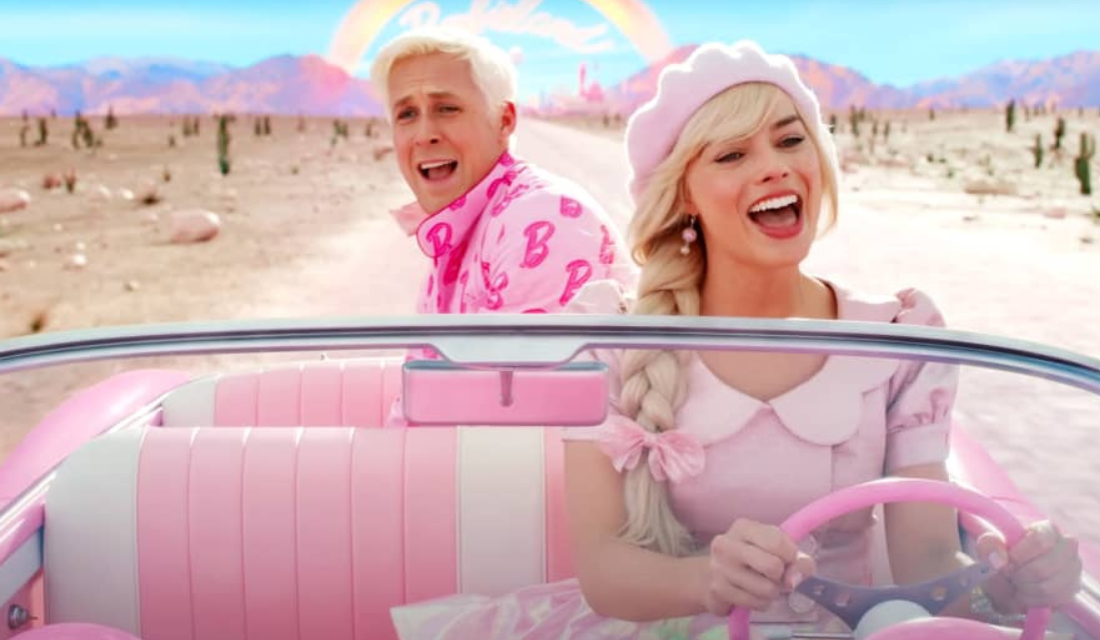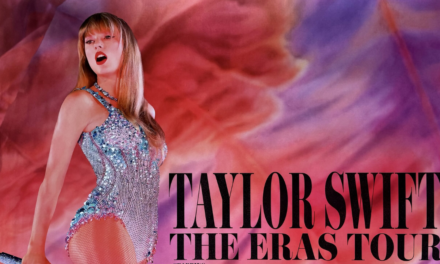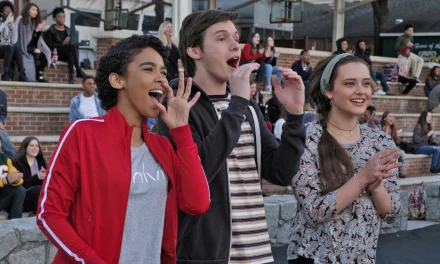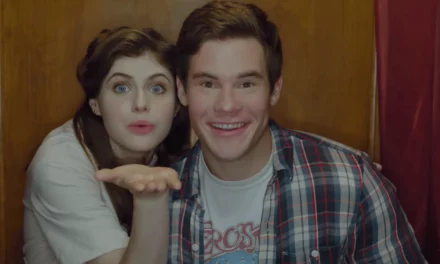As an 80s baby who spent countless afternoons immersed in Barbie’s world, the release of Greta Gerwig’s Barbie movie was a moment of both nostalgia and curiosity. Growing up, Barbie was more than just a doll; she was an avenue for creativity and imaginative play. Now, with a rumored $150 million budget, Warner Bros aimed to turn Barbie’s story into a summer blockbuster, and the marketing hype was nothing short of extraordinary.
Warner Bros spared no expense in turning the world pink for Barbie. With collaborations with numerous brands and a rumored budget that could fund a small country, the movie became an event where fans of all ages and genders embraced the iconic Barbie pink. The anticipation and excitement reached near (but not quite!) Taylor Swift’s Eras Tour levels, with people donning pink attire and greeting each other with a cheerful “Hi Barbie!”
Gerwig and her team successfully transformed Barbieland into a tangible reality on the big screen. From towering dreamhouses to impeccable fashion and a strong emphasis on female empowerment, the movie showcased everything that makes Barbie an enduring cultural icon. The film provides a quick recap of Barbie’s iconic rise, introducing audiences to a female-led utopia where diverse Barbies excel in various roles such as doctors, lawyers, journalists – the works.
However, the story takes an unexpected turn when Stereotypical Barbie questions the deeper meaning of life during a group dance number. This sets off a chain of negative events (ugh the horror of her arched feet turning flat1) where Barbie, accompanied by Ken (whose job is simply “Beach”), ventures into the Real World to address a girl in crisis. Gerwig uses this journey to the Real World to explore the complexities of sexism and patriarchy, delving into Barbie’s role as both an empowering symbol and a perpetuator of unrealistic standards.
When Stereotypical Barbie finds the young girl in crisis, the girl immediately tells her that she is what is wrong with society. The movie cleverly addresses concerns raised by the actual Barbie, such as sexualized capitalism, unrealistic physical ideals, and the environmental consequences of widespread consumerism. Mattel becomes aware of Barbie’s presence in the real world, prompting a chase sequence and unexpected alliances. The movie weaves through a narrative that questions Barbie’s impact on society and challenges the very foundations of Barbieland.
Upon Barbie’s return to Barbieland, she discovers that Ken has taken over, instituting patriarchy in the once-female-led utopia. The dream houses are now bachelor pads, and the confident, empowered Barbies exist solely to support the Kens. The Barbies must then devise a plan to reclaim their power and have the Kens turn against each other, leading to a resolution that involves apologies, self-discovery, and a reconsideration of identities between Barbies and Kens.
In a poignant moment between worlds, Barbie meets the spirit of Ruth Handler, the co-founder of Mattel, and envisions a legacy that transcends generations. The movie ends with a whimsical touch, as Barbie humorously walks into her first gynecologist appointment, symbolizing her desire to embrace human experiences.
Greta Gerwig’s Barbie movie goes beyond being a mere toy-selling gimmick, elevating it to a thought-provoking conversation about gender, consumerism, and self-love. The film masterfully intertwines nostalgia with contemporary challenges, leaving audiences with a profound reflection on Barbie’s impact and the broader struggles faced by women. Gerwig’s ability to blend humor, social commentary, and unexpected depth makes “Barbie” a cinematic spectacle that transcends expectations and resonates far beyond the confines of a story about one of our favorite toys.











